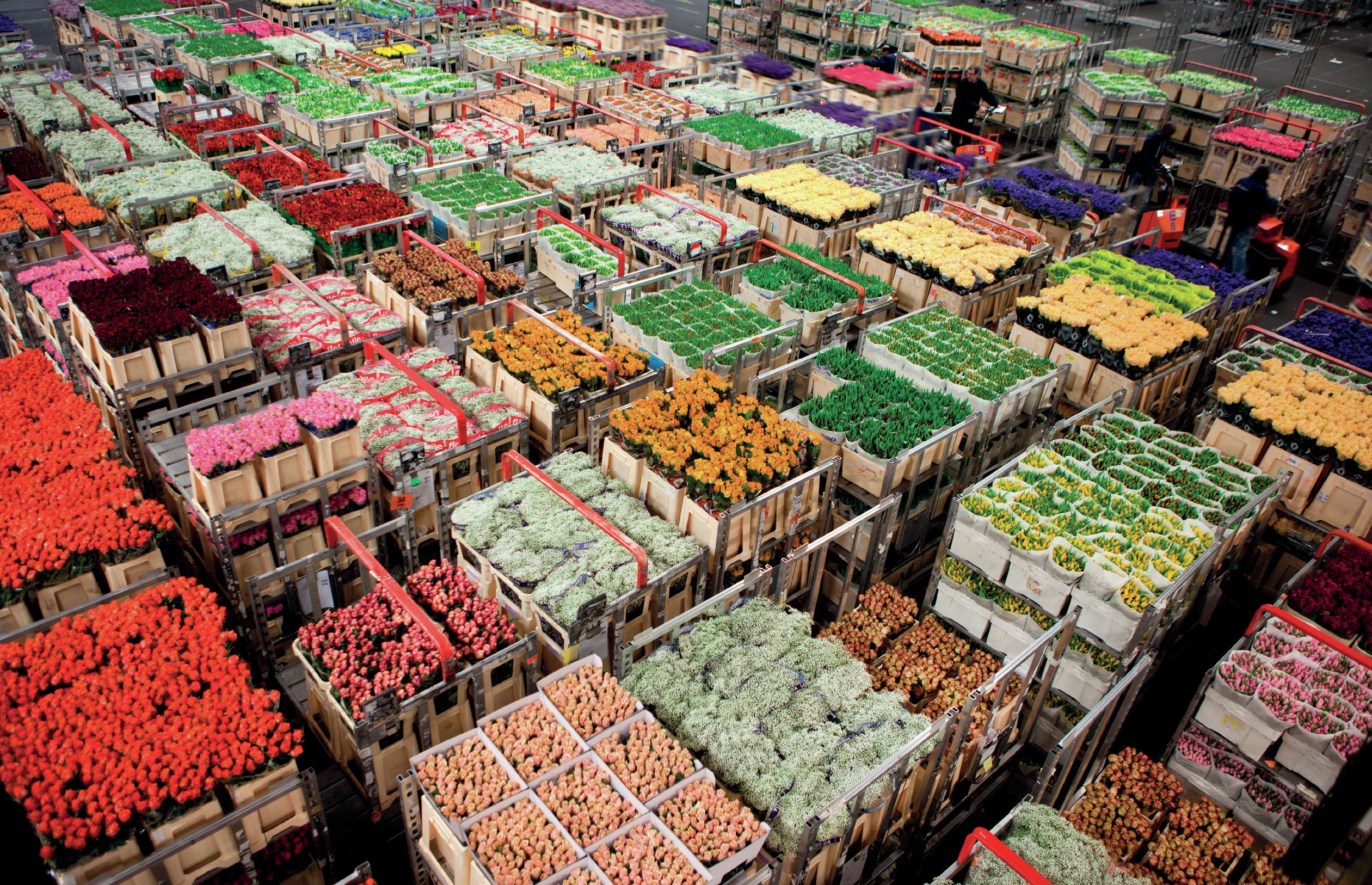
On a recent visit to London, I noticed a vending machine at Blackfriars station that sold flowers to commuters on the way to and from work. While Japan is famous for having vending machines that sell anything, including alcoholic drinks and hot food, these have not caught on elsewhere due to security concerns and the perceived threat of vandalism. This got me thinking about the flower industry as a whole and the dynamics and business concepts behind it.
We tend to purchase flowers on special occasions: birthdays, Valentine’s Day, Mother’s Day, leaving gifts or as a treat for a loved one. There are over 8,000 independent florists in the UK and a further 7,000 flower businesses, with the major supermarkets and petrol stations getting in on the act. In the UK alone, the industry is worth in excess of £2.2 billion. To put this in perspective, the UK music industry is worth around the same amount.
Your organisation does not have access to this article.
Sign up today to give your students the edge they need to achieve their best grades with subject expertise
Subscribe




